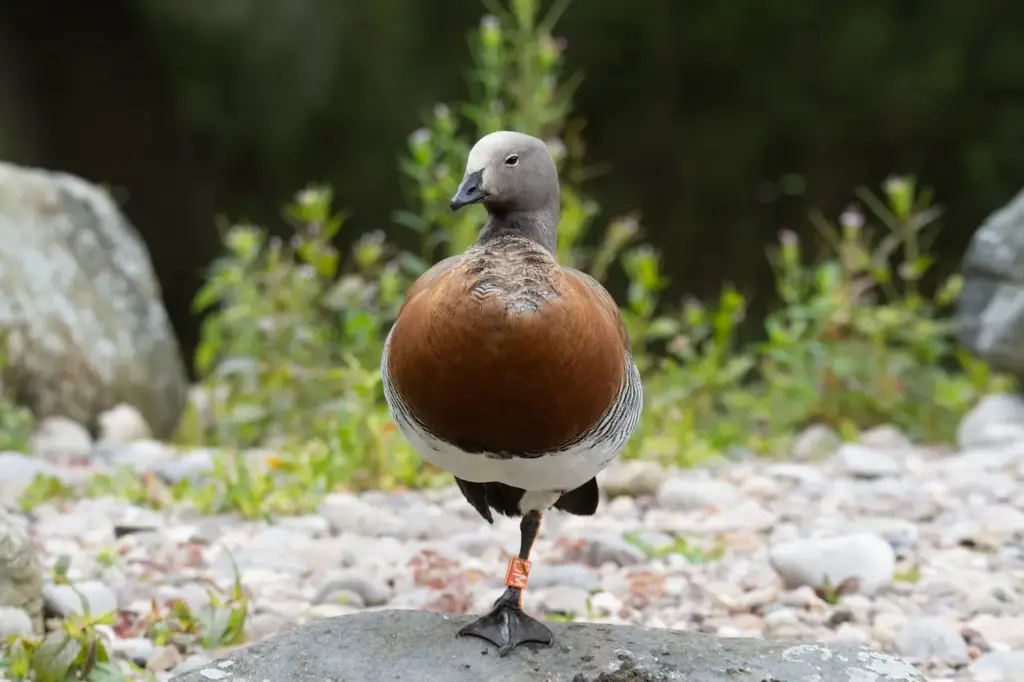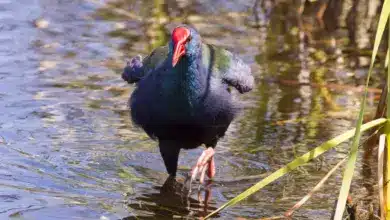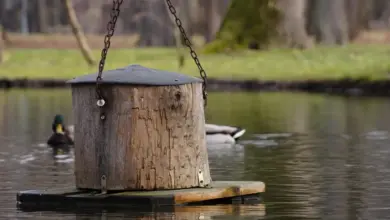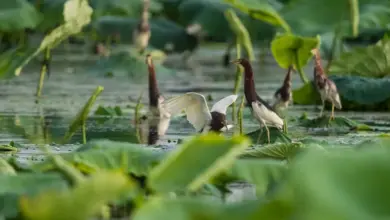The Ashy-headed Geese (Chloephaga poliocephala) breed in the mountainous areas of southernmost South America; and winter on lowlands just north of its breeding range.
Ashley Headed Geese inhabit damp upland forest clearing and feed by grazing.
They rarely swim.

Description
The Ashy-headed Geese averages 50-55cm in length (from head to tail). The plumage is pale brown on the back. It has a chestnut neck and black-barred white flanks. The head is grey.
Males and females look alike, except that the male may have reduced or no underparts barring.
Juveniles are duller and have brown heads.
In flight, its black primary wing feathers in flight are visible, with the rest of the wing being white except for a broad green bar.
Calls / Vocalizations
The male’s call is a soft whistle, and the female’s is a harsh cackle.
Breeding / Nesting
They build their nests in tall grass. The average nest consists of 4 – 6 eggs.
Diet / Feeding:
Geese feed mainly on plant material. When feeding in water, they submerge their heads and necks to reach aquatic plants, sometimes tipping forward like a dabbling duck.
Flocks of these birds often feed on leftover cultivated grains in fields, especially during migration or in winter.

Ducks and geese generally feed on larvae and pupae usually found under rocks, aquatic animals, plant material, seeds, small fish, snails, and crabs.





